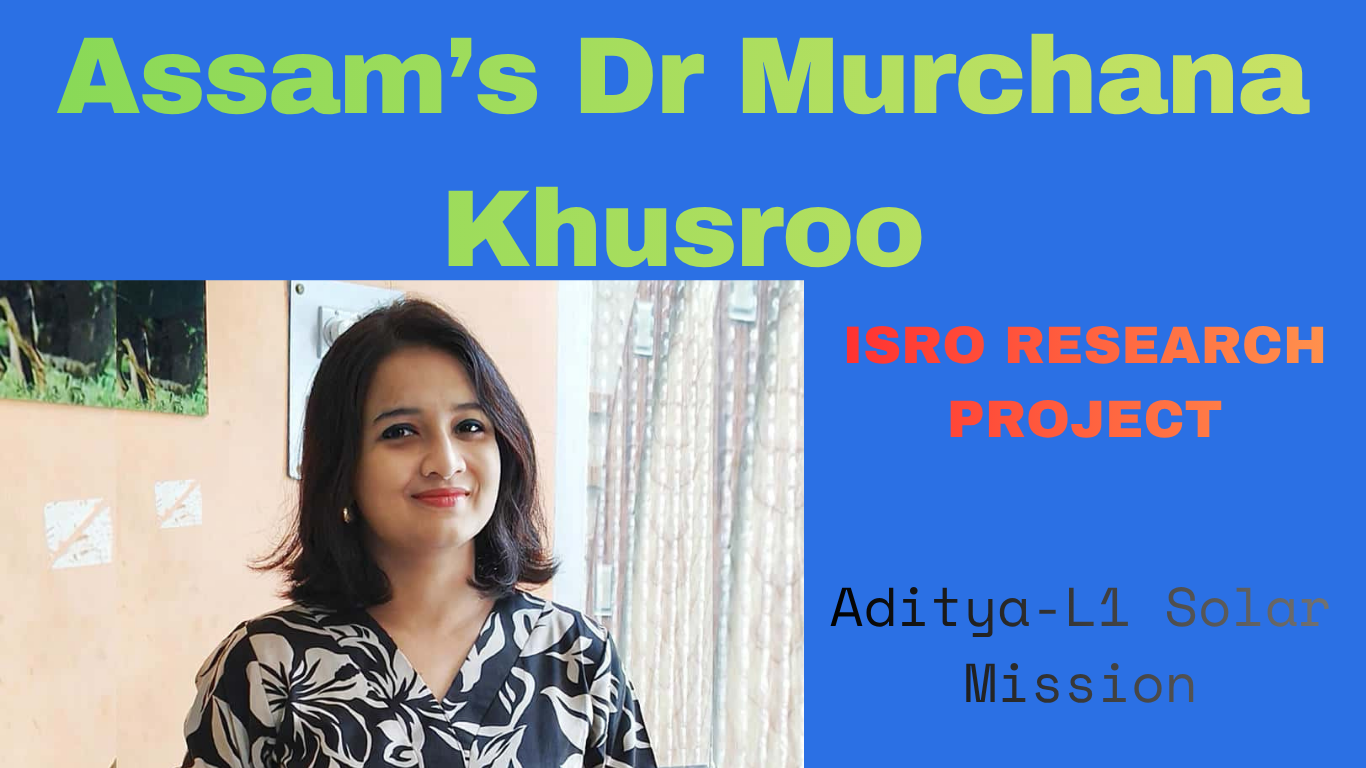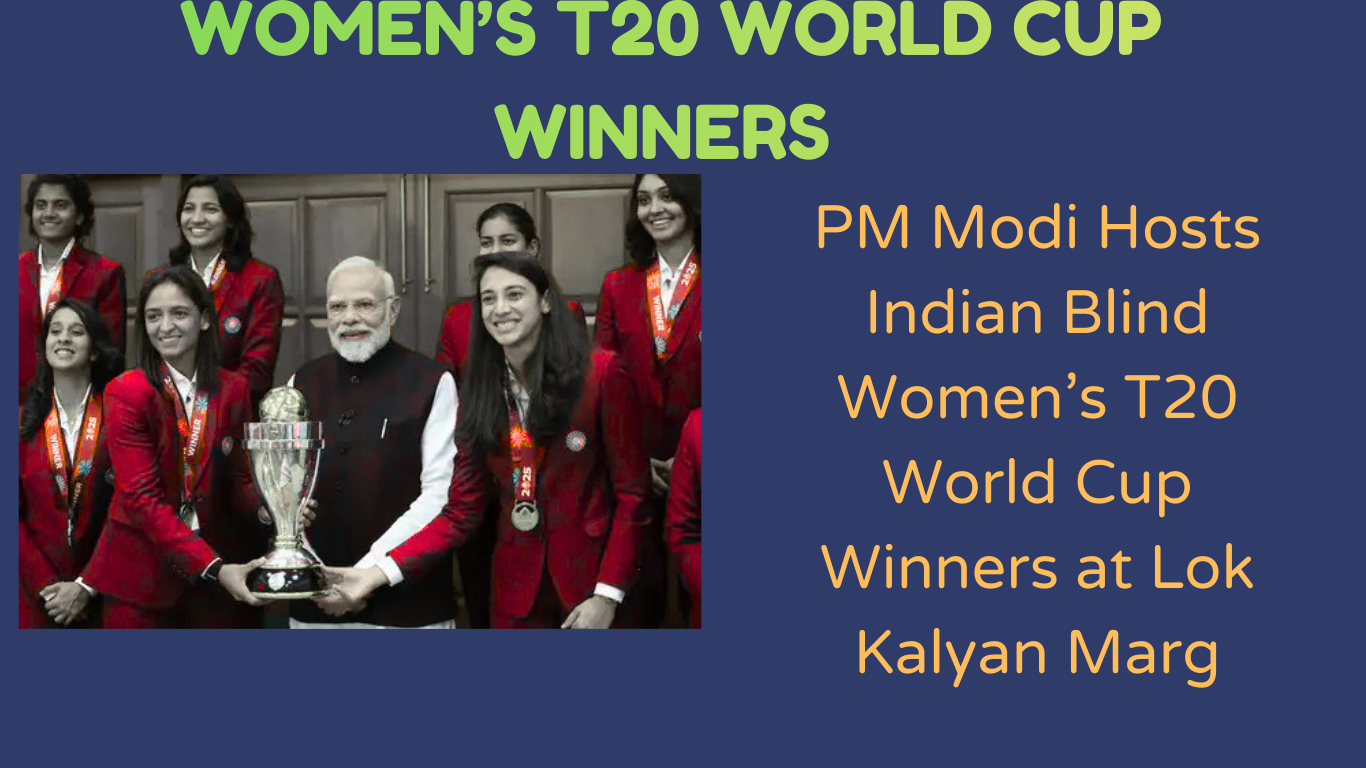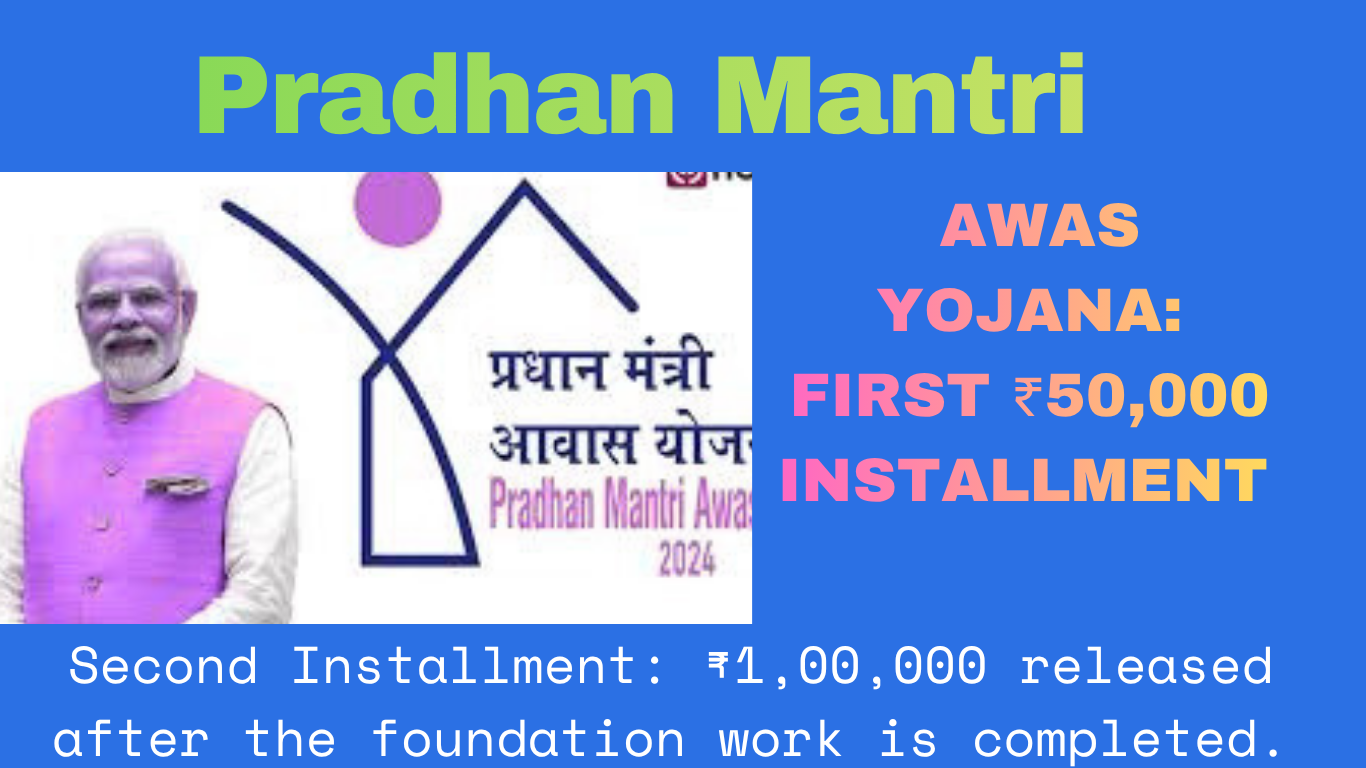Introduction
Assam’s Dr Murchana Khusroo Makes History A new chapter has opened for space science in India’s Northeast. Hailing from Danish Nagar in Jorhat, Assam, Dr Murchana Khusroo has recently been appointed as the Principal Investigator (PI) of a major research project with the Indian Space Research Organisation (ISRO), under the aegis of the first Indian solar-observatory mission, Aditya‑L1.
This appointment is historic: it marks the first time that a scientist from the Northeast region of India has led a sanctioned ISRO research project that utilises data from an ISRO deep-space mission. In doing so, Dr Khusroo brings long-overdue recognition and representation for the region in India’s rapidly expanding space science ecosystem.
In what follows, we explore the full story: from Dr Khusroo’s background and journey, to the mission and science behind Aditya-L1, to the specific research project she will lead, and finally what this means for Assam, the Northeast and India’s space-science future.

1. Background: From Jorhat to ISRO’s Research Map
Dr Khusroo is originally from Danish Nagar, Jorhat district in Assam. She is currently an Assistant Professor in the Department of Physics at the University of Science and Technology Meghalaya (USTM).
Her appointment as PI in an ISRO-sanctioned project marks not only personal achievement but also a landmark for the academic and scientific community of the Northeast, a region that has traditionally been under-represented in major national space science programmes.
According to media reports:
This description emphasises two points: (1) the regional significance of the appointment, and (2) the mode of funding — via ISRO’s RAC-S initiative, which supports regional academic centres in the space sciences.
Thus, Dr Khusroo’s selection as PI is simultaneously a personal milestone and a symbolic moment for the Northeast Indian scientific community.

Fact Check: No, RBI Has Not Implemented a New Rule Closing Banks Every Saturday and Sunday
2. The Mission: Aditya‑L1 — India’s First Solar Observatory
To understand the magnitude of Dr Khusroo’s project, we must first understand the mission she will be working with.
2.1 What is Aditya-L1?
Table of Contents
Aditya-L1 is a landmark mission conceived by ISRO to study the Sun — its outer layers, its atmosphere, solar wind, and related space-weather phenomena. Conceived as India’s first dedicated solar mission, it was launched on 2 September 2023.
The spacecraft is planned to orbit around the Sun–Earth Lagrange Point 1 (L1), at approximately 1.5 million kilometres from the Earth, a point where it can continuously view the Sun without eclipse or Earth’s shadow interference.
Onboard are seven scientific payloads designed for remote sensing and in-situ measurements: for example, the Solar Ultraviolet Imaging Telescope (SUIT), Visible Emission Line Coronagraph (VELC), and instruments like ASPEX (Aditya Solar Wind Particle Experiment) and MAG (Magnetometer).
2.2 Why Is This Important?
The Sun is the driver of space weather — phenomena that can affect Earth’s magnetosphere, satellites, power grids, communication systems, and even climate. Studying the Sun’s corona, solar winds, flares and coronal mass ejections (CMEs) is vital to understanding and eventually forecasting such impacts.
Aditya-L1 thus places India in the league of nations with dedicated solar observatories (e.g., NASA’s Parker Solar Probe, ESA & NASA’s Solar Orbiter) and pushes the domestic space science frontier forward.
2.3 Mission Data and Science Value
One of the key aims of the mission is continuous monitoring of the solar atmosphere and direct measurement of solar wind parameters. With instruments like ASPEX and MAG onboard, scientists can study the dynamics of plasma, magnetic fields and waves in the inner heliosphere — closest to the Sun-Earth connection line.
Operational success means India will not merely launch hardware but produce high-quality scientific data, which academic and research institutions across the country (including the Northeast) can tap.
3. The Research Project: Exploring Solar Wind Dynamics Through Solitary Waves
The research project led by Dr Khusroo is titled: “Multi-Spacecraft Investigation of Solar Wind Dynamics Through Solitary Wave Analysis: Insights from Aditya-L1 Mission.”
3.1 Scope and Aim
- The project leverages data from the ASPEX and MAG payloads of Aditya-L1 (and possibly data from other supporting spacecraft) to investigate solar wind dynamics in the inner heliosphere.
- It focuses specifically on non-linear plasma structures, such as solitary waves, in the solar wind. These are wave-like plasma disturbances that travel without changing shape and can transport energy and momentum.
- The research aims to deepen the understanding of solar-wind turbulence and its role in space weather phenomena — phenomena with both fundamental scientific importance and practical relevance for Earth and near-Earth space systems.
3.2 Why Solitary Waves?
Solitary waves (or solitons) in plasma are interesting because:
- They are stable, coherent structures in a medium where turbulence often dominates.
- In the solar wind, understanding these could reveal how energy is transported, dissipated or distributed, which in turn affects the coupling between the Sun and Earth’s space environment.
- Detailed analysis of such structures could lead to improved models of solar-wind behaviour, and ultimately help in forecasting space-weather events.
3.3 Multi-Spacecraft Dimension
The mention of “Multi-Spacecraft Investigation” suggests that data from more than one spacecraft or instrument may be compared or combined (for example, Aditya-L1’s in-situ data, plus remote-sensing or other spacecraft data). This enables a more comprehensive spatial and temporal understanding of solar wind structures.
3.4 Significance of the Project
- It brings frontier solar-physics research to an institution in the Northeast (USTM), helping decentralise high-end scientific work from only the traditional metro research hubs.
- It strengthens India’s ability to convert mission data (from Aditya-L1) into scientific output by involving regional academic centres.
- It provides opportunities for students and early-career researchers in the region to engage with world-class space-physics problems.
4. Why This Matters: For Assam, The Northeast, and Indian Space Science
4.1 Representation and Opportunity
Historically, major space science programmes in India have been concentrated in a few hubs (e.g., Bengaluru, Pune, Ahmedabad). This appointment of a Northeastern scientist as PI is a step toward greater inclusiveness.
For Assam and the Northeast, Dr Khusroo’s project is a beacon: showing that talent from the region can access and lead national-level research tied to flagship missions of ISRO.
4.2 Inspiring a Generation
Such announcements matter for young students in the region: seeing a peer from Assamese background leading a space-science project linked to India’s solar mission helps demystify the notion that “space science is only for metro-city students”.
In fact, there are already others from Assam contributing to Aditya-L1: for example, a research scholar from Tezpur University — Janmejoy Sarkar — has been working on the SUIT payload of Aditya-L1.
Thus Dr Khusroo’s role forms part of a growing string of contributions from the region.
4.3 Research Ecosystem Strengthening
This project being hosted at USTM strengthens that institution’s scientific credentials. It underscores that academic centres in the Northeast can be partners in national space-science programmes.
This may lead to increased flow of research funds, infrastructure development, and student programmes in the region, widening the base of India’s space-science ecosystem.
4.4 Linking Mission to Ground-Based Research
Missions like Aditya-L1 generate massive scientific data that need to be processed, analysed and interpreted. Through projects like Dr Khusroo’s, the mission leads to concrete research outputs — scientific papers, conference presentations, and eventually practical benefits such as improved space-weather forecasting.
This linkage from hardware (spacecraft) → data (missions) → science (research) → applications is critically important to maximise the value of India’s investment in space science.
5. The Road Ahead: Challenges and Opportunities
5.1 Technical Challenges
- Working with in-situ plasma data and identifying solitary waves is non-trivial: it requires strong computational expertise, understanding of plasma physics, signal processing, and modelling of heliospheric conditions.
- Multi-spacecraft analysis adds complexity: aligning data sets, temporal synchronisation, calibration issues, and error propagation must be addressed.
- Being in the Northeast may mean challenges of infrastructure (computing facilities, high-speed networks, access to archival databases) compared to older academic hubs.
5.2 Institutional Opportunities
- Dr Khusroo’s project could help USTM build up its space-physics research group, attract postgraduate and PhD students, and establish collaborations with bigger institutes (PRL, IUCAA, ISRO).
- This project can inspire interdisciplinary linkages: physics, astronomy, instrumentation, data science, atmospheric studies — all converge in solar-heliosphere research.
- Regional partnerships: other universities in Northeast India may follow, creating a cluster of space-science research in the region.
5.3 Outreach and Education
- The project can become a focal point for public engagement in Assam and the Northeast: seminars in schools/colleges, workshops for young students, mentoring programmes.
- Visibility matters: telling the story of a local scientist leading national research helps cultivate interest in STEM among youth in the region.
5.4 Wider Scientific Impact
- The results of Dr Khusroo’s investigation may feed into India’s overall understanding of solar wind plasma, turbulence, and space weather phenomena.
- As the data from Aditya-L1 becomes publicly released (or available for academic use), many more researchers across India (including Northeast) can participate and collaborate — this project helps set the precedent.
- It potentially strengthens India’s reputation in the global solar-physics community.
6. Personal and Regional Pride
On a personal level, Dr Khusroo’s appointment is a testament to years of dedication, research aptitude and academic excellence. On a regional level, the achievement is significant for Assam and the Northeast:
- The Northeast is often under-represented in major national science and technology narratives; this breaks that pattern.
- For Jorhat (her hometown) and Danish Nagar, it is a source of local pride: that someone from the region is now anchoring a national mission’s research.
- For students across Assam, especially girls and those in smaller towns and rural areas, it is an encouraging model: that space science is within reach.
- For regional academic institutions, it signals: strengthen your research base, build linkages, and national recognition can follow.
7. Broader Context: India’s Solar Mission Ambitions
India’s space programme has matured rapidly. After the successes of lunar missions (like Chandrayaan‑3) and interplanetary probes, Aditya-L1 represents a new dimension — solar astrophysics and heliophysics — and harnessing space-environment data.
In that context:
- Having research projects led by diverse institutions and geographies helps decentralise the scientific enterprise and distribute benefits more widely.
- It accelerates the national capacity to analyse spacecraft data, augmenting ISRO’s mission hardware with a growing base of scientific interpretation.
- It strengthens India’s ability to contribute to global solar-physics and space-weather research networks.
Dr Khusroo’s role is therefore well aligned with this larger national ambition.
8. Looking Forward: What to Watch
As this project progresses, several markers will be of interest:
- Publication of research papers from the project: how the solitary‐wave analysis of solar wind is reported, what new insights emerge.
- Student involvement: will USTM launch specialised courses or student research under this project?
- Infrastructure development: local or regional upgrades in computing, instrumentation, data access.
- Collaborations: how the project connects with larger institutions (PRL, IUCAA, ISRO science groups) and perhaps international collaborations.
- Outreach activities: local workshops, public lectures, school engagement in Assam and Northeast promoting space science interest.
For those tracking regional development, the story also raises questions about capacity-building in under-represented regions for high-end research, and the role of national missions in creating inclusive scientific ecosystems.
9. Concluding Thoughts
In sum: the appointment of Dr Murchana Khusroo as the Principal Investigator of an ISRO-sanctioned research project linked to Aditya-L1 is far more than an individual achievement — it is a marker of regional scientific recognition, institutional opportunity, and national ambition.
From a modest origin in Danish Nagar, Jorhat, Assam, Dr Khusroo now stands at the frontier of solar-wind research using data from India’s first solar observatory. Her journey symbolises how talent from all corners of India can play a role in cutting-edge space science. For the Northeast, this is a source of inspiration; for India’s space programme, it is a step toward broader scientific inclusion; and for solar physics, it is one more arrow in the quiver of data-driven solar-heliospheric research.
As the data from Aditya-L1 continues to flow, and as Dr Khusroo’s project unfolds, the entire academic community — especially in Assam and the Northeast — will be watching with interest and anticipation. Because this is not just a mission to the Sun — it is a mission for inclusion, for regional upliftment, and for building India’s next generation of space scientists.












